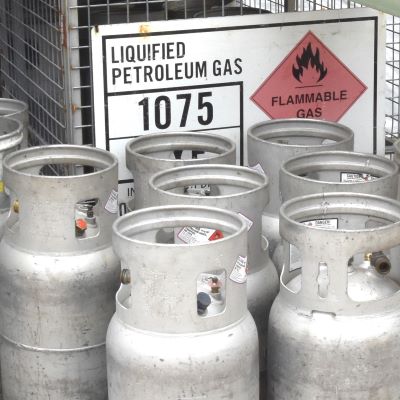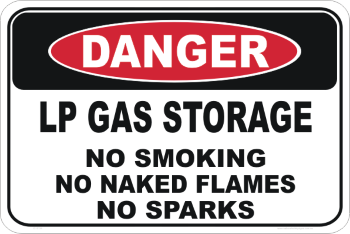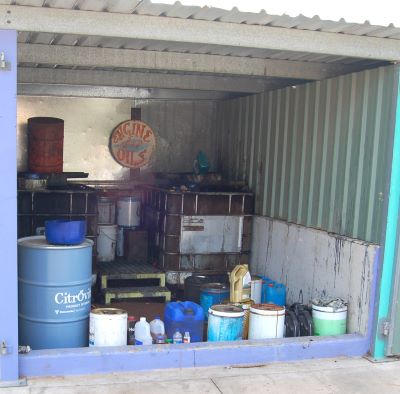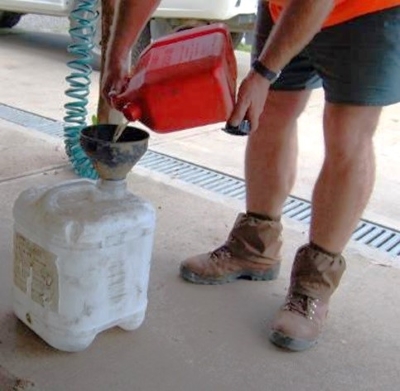Hazardous substances

We’ve already touched on hazardous substances under the topic Safe work procedures, when we discussed the purpose of a Safety Data Sheet (SDS).
Now let’s look in more detail at the general safety precautions that apply to the hazardous substances commonly used by timber workers, such as fuel, oil, solvents, LP gas and preservative treatment chemicals.
You’ll recall that the manufacturers of all hazardous substances are required to produce an SDS for each product, listing the health hazards and safety precautions that apply to it. Always make sure you read these guidelines before using a product for the first time, and re-read them whenever you need to refresh your memory.
The following are some general comments relating to the safe use and handling of hazardous chemicals.
Exposure
There are three main ways that you can be exposed to a hazardous chemical.
Inhalation – that is, breathing in the vapours or gases
Skin contact – which might cause burns, skin irritation or absorption into your blood stream
Ingestion – by swallowing the chemical, either accidentally or through contamination on your hands when you eat, drink or smoke.

The SDS for the product will tell you what precautions to take when you’re handling the product, and which items of PPE you should wear.
Dangerous goods

Some substances are not only designated ‘hazardous’ (that is, capable of causing harm if you’re exposed to them), but are also classed as dangerous goods, because they pose immediate dangers to people, property or the environment.
These dangers could include explosions, fires, poisoning or corrosive reactions. Fuels such as petrol and LP gas are classified as dangerous goods.
There are also products that can cause chemical reactions with other substances if they come into contact with each other, or give off dangerous fumes or explosive gases under certain conditions. The SDS for each product will provide advice on how far away it must be kept from incompatible products and what sort of atmospheric conditions need to be maintained.
Dangerous good have special storage, handling and transportation requirements over and above the normal precautions that apply to other hazardous chemicals. Where large quantities are stored or transported, they also need to be ‘placarded’ with approved signs.
Storage and handling

Hazardous chemicals must be stored and handled correctly, often under controlled conditions. In general, you should:
keep packages and containers secure and firmly sealed when they’re not being used, so they can’t spill, leak or give off vapours
if you need to transfer a chemical from one container to another, do it in a suitable area and wear the correct PPE
make sure ignition sources are kept well away from flammable or combustible substances – including sparks from grinders or welders, flames from cigarette lighters and oxy torches, and any other potential sources of a spark or flame
maintain good ventilation around products that require it, especially when there could be a build-up of fumes or gases
don’t dispose of left-over chemicals in a normal rubbish bin or send them to landfill – take them to an authorised collection station for proper disposal or recycling.
Labelling and packaging

Always make sure a product is correctly labelled before you put it on the shelf or in a storage area.
Obviously, if it’s still in its original packaging it will be properly labelled. But if you’ve poured the product into another container, or saved some left-overs for another job, you should write the name of the product on the new bottle or packet.
You also need to make sure that the new container is suitable for the product – that is, made of the right materials to avoid chemical reactions, the right shape to avoid spillages, able to be sealed tight if necessary, and so on.